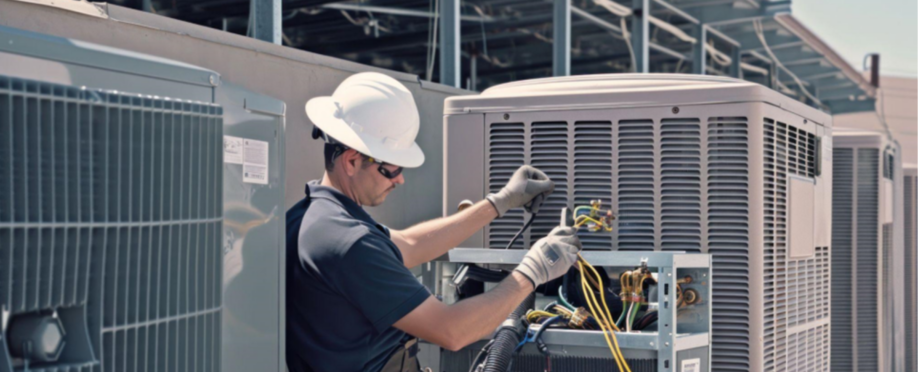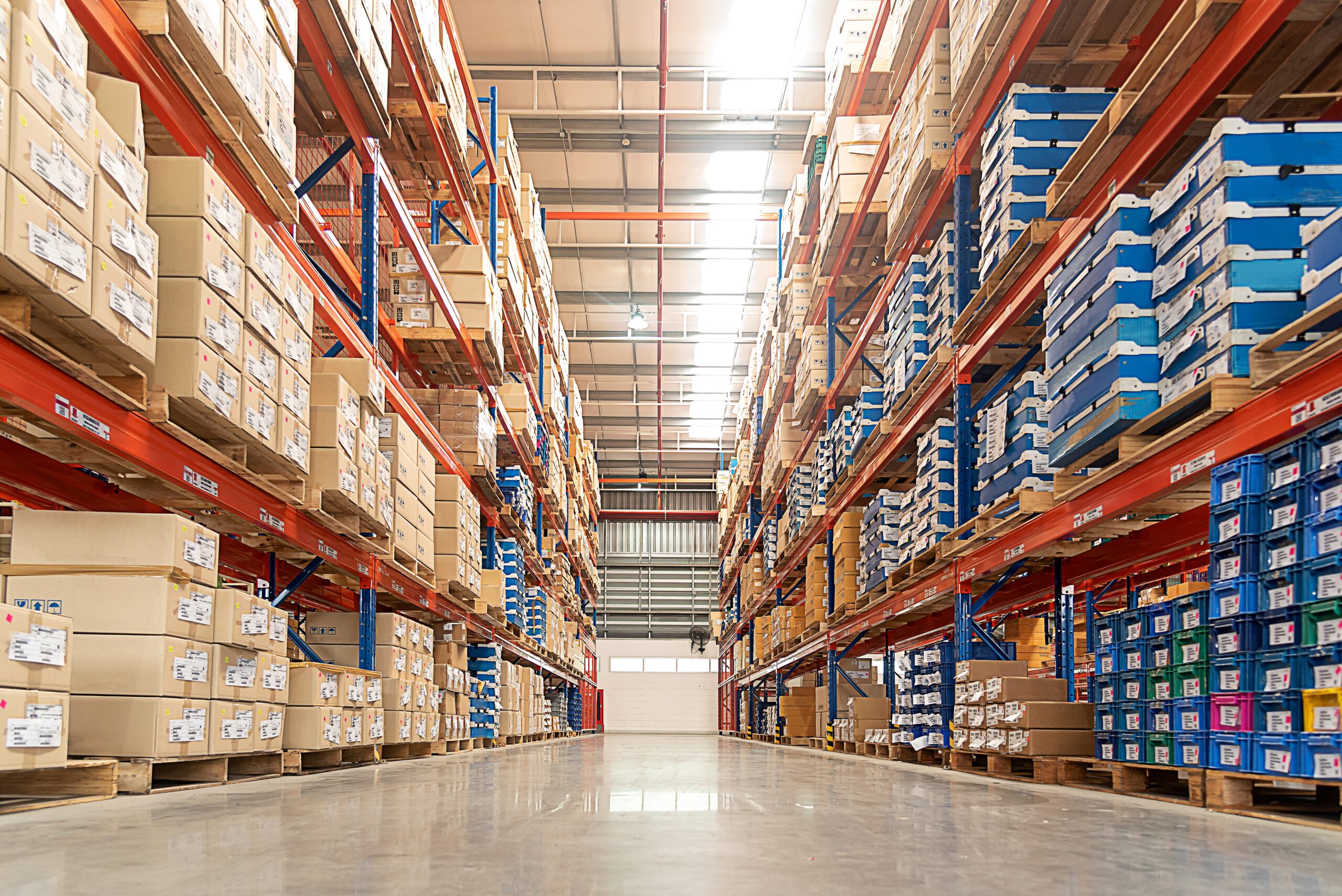
When facility maintenance is performed effectively, almost no one notices. In a retail environment, shoppers navigate the aisles comfortably without distraction, and staff can focus on providing excellent service rather than dealing with unexpected breakdowns or service calls.
But as effortless as operations may seem, it takes a great deal of strategic planning and proactive measures to ensure everything functions seamlessly.
In this expert guide, we’ll walk through the essentials of facility maintenance for keeping retail facilities running smoothly.
What Is Meant by Facility Maintenance?
Facility maintenance involves the management and upkeep of a building and its infrastructure. It encompasses a variety of tasks, including things like routine cleaning, inspections, repairs, renovations, and equipment installations. Without regular facility management, buildings will fall into disrepair and become unsafe and non-functional over time.
Facility management functions include but aren’t limited to:
- Food refrigeration
- Plumbing
- Electrical systems
- HVAC (Heating, Ventilation, and Air Conditioning)
- Fire suppression systems
- Landscaping
- Safety systems
What Is the Main Goal of Facility Maintenance?
The primary objective of facility maintenance is to keep a structure and its operations running smoothly and efficiently. This includes maintaining the physical condition of the building as well as ensuring compliance with safety and environmental standards.

Why Is Facility Maintenance Important?
Facility maintenance is essential for several reasons:
- Extended asset longevity: Well-maintained equipment works better, with fewer breakdowns and longer usage.
- Safety and compliance: Proper facility maintenance ensures buildings meet safety and environmental standards, protecting customers, staff, and the community from harm, and helps businesses avoid costly fines.
- More efficient operations: Planned maintenance minimizes unexpected breakdowns and ensures equipment runs at peak efficiency, resulting in uninterrupted operations and lower service costs.
- Enhanced customer experience: Whether it’s with proper lighting, fresh produce, or a more comfortable shopping environment, well-maintained facilities provide a better experience for shoppers and increase customer satisfaction.
- Employee satisfaction: Employees are more likely to be satisfied and productive in a well-maintained facility, leading to higher employee retention rates.
- Cost savings: Regular facility maintenance can reduce long-term costs by preventing costly repairs and reducing energy consumption.
- Sustainability: Facility maintenance supports sustainability efforts by implementing energy-efficient practices and reducing buildings’ carbon footprint.
What Are the 4 Types of Facility Maintenance?
Facility maintenance can be categorized into four main types as follows:
1. Preventive Maintenance
Preventive, or proactive, maintenance involves regular, scheduled maintenance to equipment in order to prevent unexpected breakdowns.
The typical activities in a PM (preventive maintenance) program include:
- Asset inventory: Listing all the equipment and systems in the facility that require maintenance
- Prioritization: Ranking maintenance tasks to determine which are most critical
- Maintenance schedule: Regularly scheduled maintenance for each piece of equipment
- Checklists: Inspection and preventive maintenance checklists containing detailed instructions for completing routine checks and maintenance tasks
“A robust PM program is the cornerstone of effective facilities management,” says George Campbell, Director of Technical Services at City US. “The job never ends, but it’s well worth the effort to keep store operations running smoothly and extend the life of equipment. You can often tell just by walking into a store the strength of their PM program.”
You can often tell just by walking into a store the strength of their PM program.George Campbell, Director of Technical Services at City US
2. Reactive Maintenance
Reactive maintenance is performed in “reaction,” so to speak, to a piece of equipment breaking down unexpectedly. It involves diagnosis and immediate repairs in order to get the asset up and running again quickly. It does not, however, address long-term issues or implement measures that prevent future breakdowns.
3. Corrective Maintenance
Similar to reactive maintenance, corrective maintenance addresses an immediate problem or malfunction with equipment, but it also seeks to resolve the underlying long-term issues that led to the breakdown.
4. Predictive Maintenance
Predictive maintenance utilizes specialized technology to monitor equipment and detect problems before they occur. White predictive and proactive maintenance both aim to prevent problems, predictive maintenance relies on data trends and monitoring tools for early detection to achieve the same goal.
City’s SOUNDTech+ is an example of predictive maintenance in action. Utilizing ultrasound technology to detect potential system failures, this technology provides real-time data that allows technicians to locate the equipment and pinpoint the exact issues before they cause breakdowns that lead to costly downtime.
Facility Management vs. Facility Maintenance
What’s the difference between facility management and facility maintenance? While the two may seem to overlap, there are a few key differences.
Facility management is a broader term that encompasses the overall management and operation of a facility. This includes tasks such as budgeting, planning, and coordinating services like maintenance, cleaning, and security. Essentially, it involves overseeing all aspects of a facility to ensure smooth operations.
On the other hand, facility maintenance focuses specifically on the upkeep and repair of equipment and systems within a facility. It is more hands-on in nature and deals with preventing and fixing immediate issues. In this way, while both are important for maintaining a functional facility, facility maintenance is more focused on practical aspects of equipment care as opposed to higher-level, more strategic responsibilities.
Facility Maintenance Resources
Looking to maximize the efficiency of your facilities and lower maintenance costs? Check out these popular facilities maintenance resources.
Guides:
Retail Maintenance: A Guide to Keeping Stores Running Smoothly
Managing a Building Envelope: A Guide for Retail Facilities
6 Elements of a Successful Preventive Maintenance Program
Checklists:
Commercial Food Equipment Pre-Holiday Season Checklist for Facilities Managers
Summer Facilities Management Checklist
Winter Storm Preparation for Facilities Managers
Winter Checklist for Facilities Managers
An Innovative Approach to Facility Maintenance
By implementing a proactive maintenance strategy and utilizing the latest technologies and best practices above, facility managers can ensure efficient operations and prolong the lifespan of their assets.
As part of our industry-disruptive, data-driven delivery facilities management system for grocery stores, convenience stores, and other retailers, City can help FM teams implement the latest innovative practices to improve service quality, lower costs, and meet sustainability goals. Learn more about our Integrated Facilities Management services.

 2016: City US is established in North America, in partnership with Southeastern Grocers (SEG), servicing over 750 supermarkets across 7 southern states.
2016: City US is established in North America, in partnership with Southeastern Grocers (SEG), servicing over 750 supermarkets across 7 southern states. 1985: Willie and Susan Haughey establish City Refrigeration Holdings (UK) Ltd in Glasgow, UK.
1985: Willie and Susan Haughey establish City Refrigeration Holdings (UK) Ltd in Glasgow, UK. 2009: City Australia launches in Melbourne, in partnership with Coles, servicing over 700 supermarkets across the country.
2009: City Australia launches in Melbourne, in partnership with Coles, servicing over 700 supermarkets across the country. 2015: City Asia launches in Kuala Lumpur, Malaysia, in partnership with Dairy Farm, servicing over 205 supermarkets across the region.
2015: City Asia launches in Kuala Lumpur, Malaysia, in partnership with Dairy Farm, servicing over 205 supermarkets across the region.